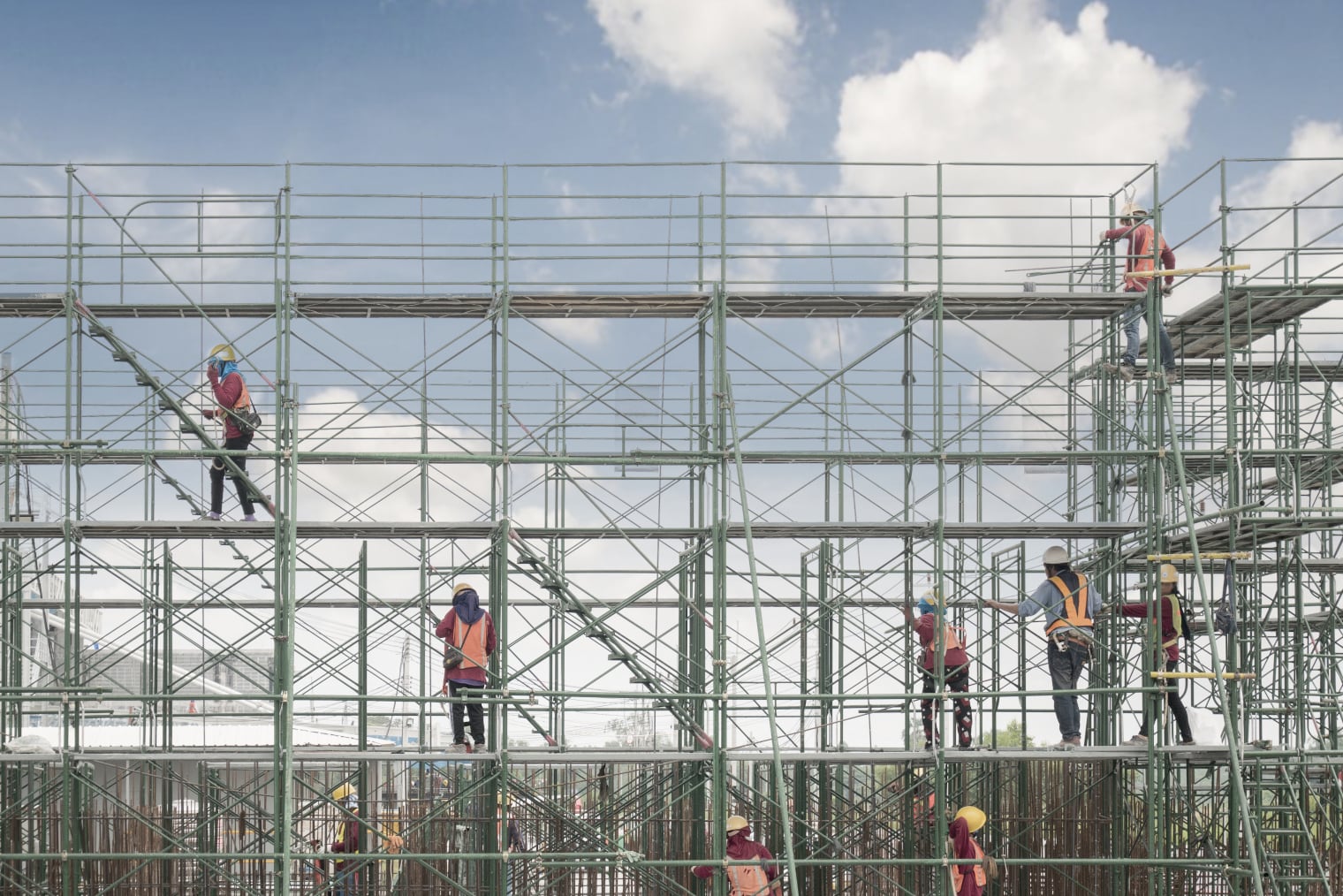Private owners of investment properties invest their own money, while pension funds invest that of their beneficiaries. Do you see a difference between private and institutional multi-family unit owners in terms of their attitude toward renovation, repair and refurbishment work?
Matthias Holzhey: Private multi-family unit owners tend to be rather hesitant when it comes to making decisions about renovation work. On the one hand, renovation projects mobilize a lot of capital and can lead to prolonged loss of rent; on the other hand, the whole process requires a great deal of know-how and trust in the construction partners. For institutional companies, renovation is part of their daily business. Liquidity considerations are secondary; what counts are potential appreciation gains and higher long-term rental income.
Is there an ideal time for total renovation or demolition/new construction?
The cost-benefit calculation depends to a great extent on the building fabric, the existing floor plans and possible changes in the utilization of the land. In addition, the achievable rent level after renovation plays a decisive role. Renovation work therefore pays off much more in cities than in peripheral areas.
Whenever a multi-family unit is up for sale somewhere, pension funds bid against private investors – and usually have greater leverage. Is this also related to the low interest rate environment? Will demand for real estate plummet and lead to a decline in value when 10-year Confederates again generate better yields than investment property?
Pension funds are facing an investment emergency due to the zero interest rate on bonds, so they are investing a relatively large amount of money in real estate. Institutional investors are very willing to pay for real estate, particularly in prime locations. In the meantime, the prices of multi-family units have also adapted to the low interest rate level. If interest rates were to rise, write-downs of 20 percent and more could soon be expected. In practice, however, much depends of course on the speed of an interest rate rise and rent changes in this type of scenario.
Dr. Matthias Holzhey is responsible for research on the Swiss real estate market at the UBS Chief Investment Office. He issues publications such as the quarterly UBS Swiss Real Estate Bubble Index and forecasts on mortgage interest rate trends. Another focus of his work is giving investment recommendations to clients for Swiss real estate funds. He holds a PhD in economics from the University of Zurich with a specialization in empirical macro and regional economics.

